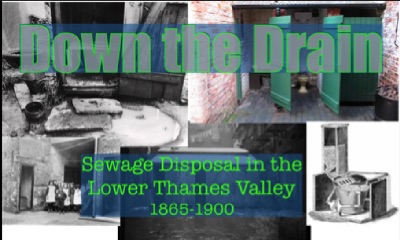The Victorian Drainage Dilemma
Benjamin Disraeli, as Chancellor of the Exchequer, responded to the challenge of The Great Stink in June 1858 by proposing a bill authorising the Metropolitan Board of Works to borrow today’s equivalent of £7.5bn to fix the problem. The result was a project to build over 13,000 miles of street sewers(!) connecting to a 450-mile network of larger intercepting sewers which together conveyed the untreated sewage of the whole central London to two disposal points several miles downstream of the capital. Twice a day, at the time of the high tides, 70 million gallons of raw sewage were released into the river. The project was completed within a decade of being authorised and brought a dramatic improvement to the quality of the river water in central London.
It was inevitable that pressure would now be brought to bear on the upstream communities to abate their previously-sanctioned use of the river for sewage disposal and the 1866 Thames Navigation Bill placed the whole of the river - from Cricklade to the sea - under the jurisdiction of the Thames Conservators with draconian powers to enforce compliance with the law that no new flow of sewage into the river or its tributaries was allowed and existing sewage outflows were to be removed.
Over the next 33 years the communities between West Molesey and Barnes strived to comply with the new regulations, initially as a single consortium (with the exception of Twickenham) and later as smaller syndicates or individual authorities with the resulting 12 separate Sewage Treatment Schemes opening between January 1880 (Twickenham) and December 1899 (Ham).

